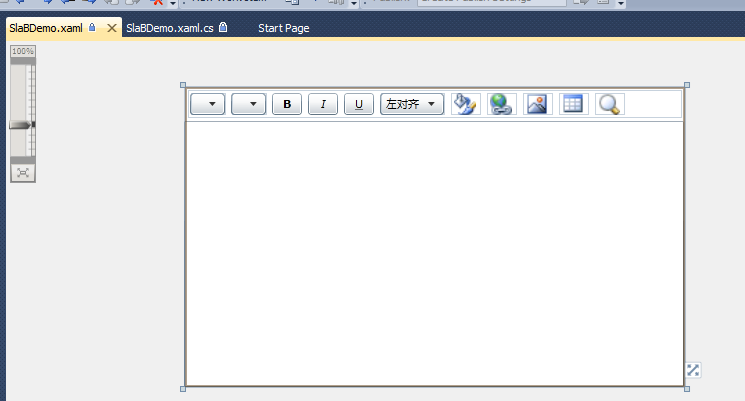Serialize Uielement Silverlight
Serialization and Deserialization • • 16 minutes to read • Contributors • • • • • • In this article Windows Communication Foundation (WCF) includes a new serialization engine, the. The translates between.NET Framework objects and XML, in both directions. This topic explains how the serializer works. When serializing.NET Framework objects, the serializer understands a variety of serialization programming models, including the new data contract model. For a full list of supported types, see. For an introduction to data contracts, see.

When deserializing XML, the serializer uses the and classes. It also supports the and classes to enable it to produce optimized XML in some cases, such as when using the WCF binary XML format.

The problem is, that Serialization throws an exception (which you will find below). I have a clue what the problem might be (Serialization doesnt know how to store UIElements(?)), however, I don't know how to fix this issue. Exception: System.InvalidOperationException was unhandled by user code Message=There was an error generating the XML document. If you want to serialize Silverlight objects. It looks like that UIElement really can't be serialized. But If I want to save the Text, Foreground.
WCF also includes a companion serializer, the. The is similar to the and serializers because it also emits.NET Framework type names as part of the serialized data. It is used when the same types are shared on the serializing and the deserializing ends. Both the and the derive from a common base class, the. Important If both 'id' and 'ref' attributes are present in the data contract XMLElement, then the 'ref' attribute is honored and the 'id' attribute is ignored.
It is important to understand the limitations of this mode: • The XML the DataContractSerializer produces with preserveObjectReferences set to true is not interoperable with any other technologies, and can be accessed only by another DataContractSerializer instance, also with preserveObjectReferences set to true. • There is no metadata (schema) support for this feature. The schema that is produced is valid only for the case when preserveObjectReferences is set to false. • This feature may cause the serialization and deserialization process to run slower.
Although data does not have to be replicated, extra object comparisons must be performed in this mode. Linkshare Merchandiser Data Feed Program Programs on this page. Caution When the preserveObjectReferences mode is enabled, it is especially important to set the maxItemsInObjectGraph value to the correct quota. Due to the way arrays are handled in this mode, it is easy for an attacker to construct a small malicious message that results in large memory consumption limited only by the maxItemsInObjectGraph quota. Download Software Acer Extensa 7620g Manual on this page. Specifying a Data Contract Surrogate Some DataContractSerializer constructor overloads have a dataContractSurrogate parameter, which may be set to null. Otherwise, you can use it to specify a data contract surrogate, which is a type that implements the interface.
You can then use the interface to customize the serialization and deserialization process. For more information, see. Serialization The following information applies to any class that inherits from the, including the and classes. Simple Serialization The most basic way to serialize an object is to pass it to the method. There are three overloads, one each for writing to a, an, or an. With the overload, the output is XML in the UTF-8 encoding.
With the overload, the serializer optimizes its output for binary XML. When using the method, the serializer uses the default name and namespace for the wrapper element and writes it out along with the contents (see the previous 'Specifying the Default Root Name and Namespace' section). The following example demonstrates writing with an. Person p = new Person(); DataContractSerializer dcs = new DataContractSerializer(typeof(Person)); XmlDictionaryWriter xdw = XmlDictionaryWriter.CreateTextWriter(someStream,Encoding.UTF8 ); dcs.WriteObject(xdw, p); Dim p As New Person() Dim dcs As New DataContractSerializer(GetType(Person)) Dim xdw As XmlDictionaryWriter = _ XmlDictionaryWriter.CreateTextWriter(someStream, Encoding.UTF8) dcs.WriteObject(xdw, p) This produces XML similar to the following.
Jay Hamlin 123 Main St. Step-By-Step Serialization Use the,, and methods to write the end element, write the object contents, and close the wrapper element, respectively.
Note There are no overloads of these methods. This step-by-step serialization has two common uses. One is to insert contents such as attributes or comments between WriteStartObject and WriteObjectContent, as shown in the following example.